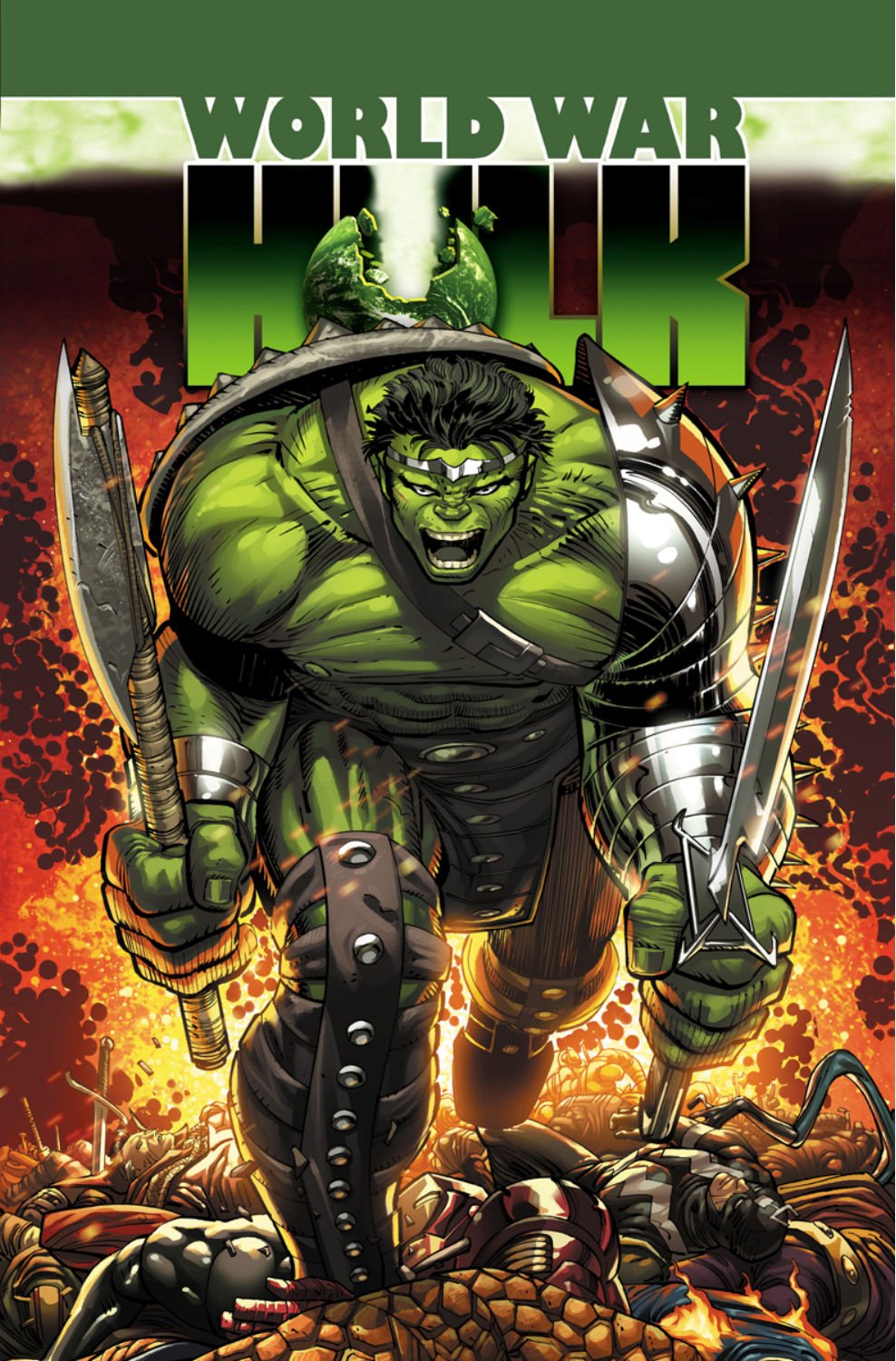I cannot begin to tell you how many times students have asked me for books about card tricks. Magic Card Tricks features a range of tricks at different levels of ability, each with step by step instructions and full color photographs illustrating each step. Most tricks are managed with a deck (or two) of cards, though more advanced gimmicks require materials that may not be immediately available to students. A thorough introduction gives an overview of magic performance and a brief history of card magic that segues smoothly into a section on basic card handling techniques. Front and back matter includes a table of contents, glossary, index, and an international list of suppliers. While there is no substitute for learning from a pro (or from video), Magic Card Tricks is a well-organized resource which manages to pack a great deal of information into a slim, accessible volume. --Regan Schwartz
Einhorn, Nicholas. Magic Card tricks. Leicestershire, UK: Southwater, 2012. Print.






